Enshittification vs legitimate cross-selling
Apple recently did the unimaginable (again1, lol) by blasting out an advertisement to customers in the Apple Wallet app2. Indiscriminately. For the F1 Movie. Boy, it’s an absolute disastah.
I believe nobody would bat an eyelid if Microsoft were to do this, for good reason. They’ve already been doing this sorta shenanigans since 20163 4 with intrusive ads right in the Windows operating system or the Edge browser. At this point it feels like this behaviour is part of their DNA, something you’d expect them to do anyways.
However, coming from Apple, this feels especially bad.
Expectations
John Gruber thinks that this move is trust-eroding because Apple Wallet ought to be sacrosanct5—a private and intimate space where nobody should intrude into. As he rightly claims, no company is even able to do so in the first place. Until Apple reminded everyone that they can do whatever the hell they like, because it’s their ecosystem.
Let’s add a little bit more colour to that. Over the years Apple customers have come to appreciate the fact that Apple controls its advertising system with an iron grip. That’s because their business model prioritises hardware sales and services. This is in stark contrast to more open ecosystems, like third-party app advertisements directly in the Windows Start Menu, or lock screen ads on Amazon Kindle devices.
On the other hand, Apple handles third-party app “ads” with quite a bit more care, like deprioritising other health tracking apps all the way to the bottom of your Health app’s main screen.
Here’s a reminder that this is how Apple markets itself:
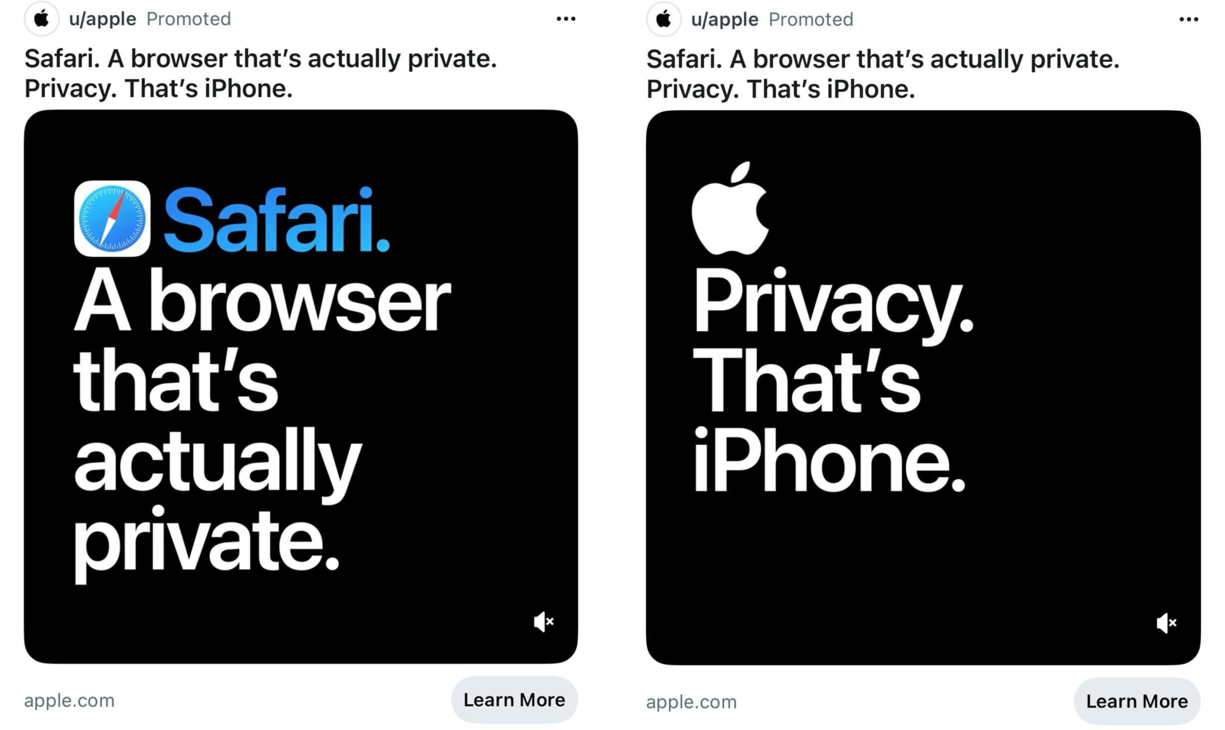
‘Privacy. That’s iPhone.’ - How Apple markets privacy as a value proposition
Now, this is where the lines start to get blurred: the F1 Movie was produced by Apple Studios. That makes it a first-party ad. And thankfully those have so far been tastefully and subtly introduced into the Apple ecosystem, such as the Apple One bundle offer hidden deep somewhere inside iOS Settings.
A fine line
That realisation made me pause and think about my time working at a traditional bank. I asked myself, what is the difference between legitimate cross-selling and enshittification, if any exists at all? Certainly, there’s no lack of first-party cross-sell and upsell ads for financial products and services when I login to check my account balances at any banking platform really. When do these practices actually tip into anti-consumer territory?
Cory Doctorow sheds some light on this conundrum in his application of the end-to-end principle:
which holds that the role of a network is to reliably deliver data from willing senders to willing receivers. When applied to platforms, this entails users being given what they asked for, not what the platform prefers to present.
Okay, so why then do Apple One ads in iOS Settings feel alright, and not the F1 Movie ad in Apple Wallet? After all, the former is equally sacrosanct because that’s the place where I control my security and privacy settings, right?
The Trifecta
I believe the answer lies somewhere in an overlap between:
- user intent,
- context, and
- the perception of choice.
The user’s intent sets up the context for a particular set of (hopefully) homogenous information, underpinned by a belief that their actions were somewhat responsible for the ad showing up. Sounds a little twisted at first blush, but hold onto that thought for now.
Let’s use an example to illustrate this. Perhaps I want to look at how much storage WhatsApp is taking up in iCloud. This would be my traversal path through the settings’ information architecture:
Settings → Apple Account → iCloud → iCloud+ Features → Manage Plan (Apple One ad) → Manage Storage
Notice that my original intent was to look at granular information of storage usage, which was conveniently put right at the end of the path, past the ‘Manage Plan’ screen. That’s where the Apple One ad appears. The information on that screen was homogenous—I see my subscription plan details like how much I’m paying for it and when it expires. Seeing an offer for another subscription plan on the page kinda makes sense. It definitely helps that the Apple One bundle includes iCloud storage.
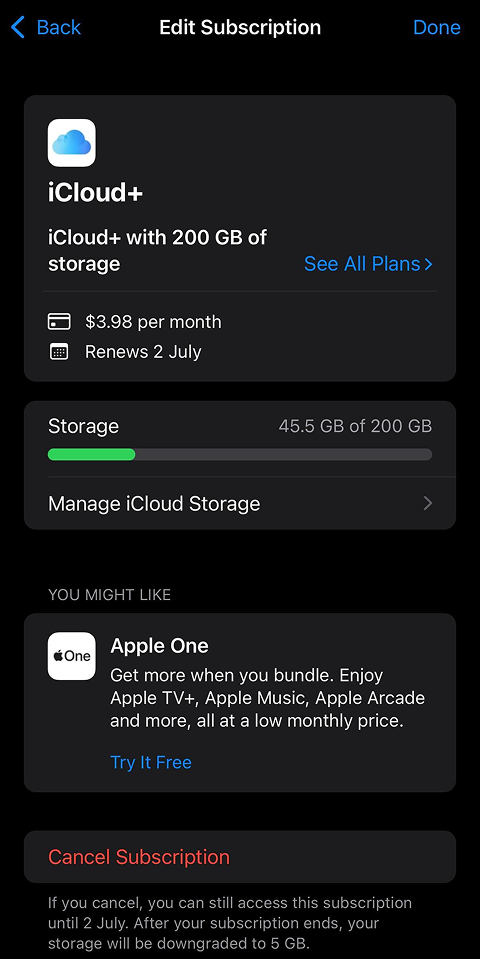
Apple One ad appearing on Edit Subscription screen, deep inside Settings
The clever part about the perception of choice was in the previous screen, right here:
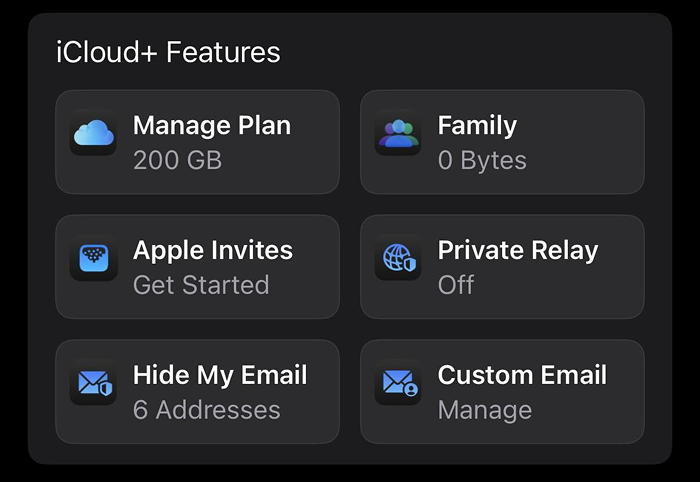
Tapping the ‘Manage Plan’ button means I’m already one foot in the door in accepting the Apple One offer
I clicked on ‘Manage Plan’. The next screen even says ‘Edit Subscription’ at the top. There is a logical thread that ties all three thoughts of ‘Manage Plan’, ‘Edit Subscription’ and ‘Bundle it into Apple One’. Accepting the offer feels natural, almost as if I was looking for it in the first place. Credit where credit is due, this was indeed a masterful trap laid by Apple in true Inception style.
As Lao Tzu likes to say, ‘Gottem’.
The Travesty
The problem with the F1 Movie ad is that it doesn’t have the right conditions for it to be acceptable. First of all, it came up in a push notification of all things. Um, excuse you, Apple? It completely violated user intent, lacked context and perception of choice right from the get go.
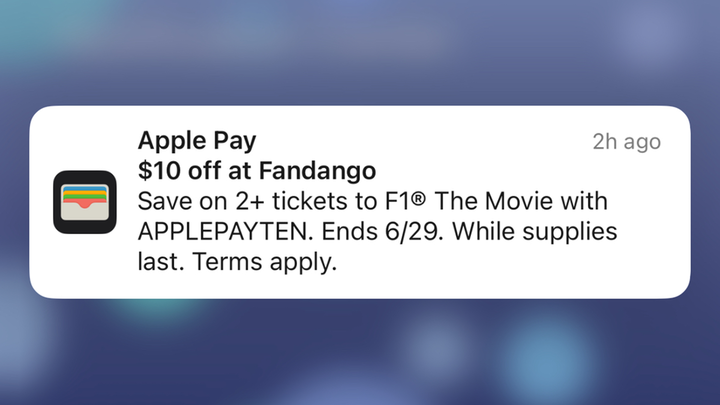
F1 Movie ad in Apple Wallet push notification (Source: howtogeek.com)
Anyway, let’s put the Trifecta to the test. How would it look like if we were to create the right conditions for a first-party ad?
It would probably live somewhere within Apple TV, maybe right in the ‘Store’ tab where you could even display an almost full-screen ad. Right in the carousel. I would click on ‘Store’, where I may be looking to buy some stuff. Maybe something related to auto racing that I really want to watch… Ferrari: Race to Immortality. Yes, that’s definitely the one.
Apple TV → Store (F1 Movie ad) → Movies by Genre → Sports (ad again!)
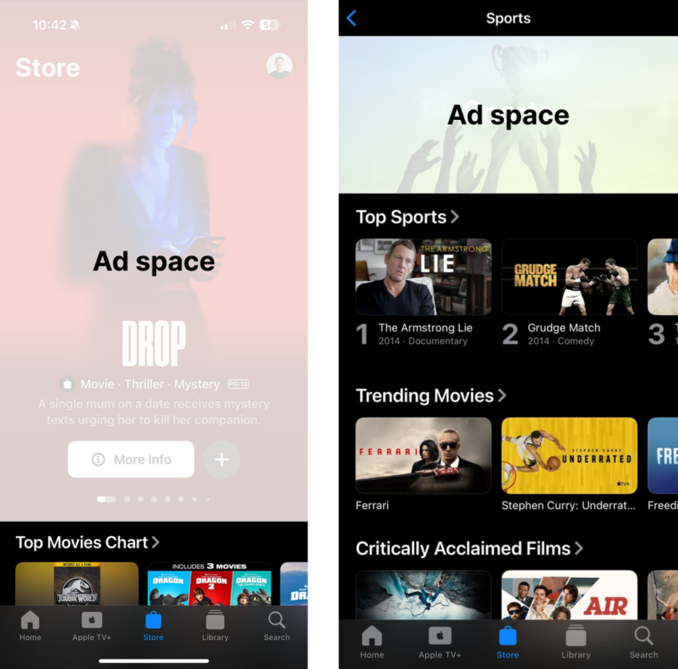
Ad space possibilities in Apple TV app
A cautionary tale
If you’re running a business that is fundamentally based on trust, like healthcare, fitness or banking, you would do well to think thrice the next time you plan to stuff cross-sell ads in your customer’s face. Especially if you have the ability to send push notifications to them. Remember that the end-to-end principle entails users being given what they asked for, not what the platform prefers to present.
I won’t go as far as to say that things are beginning to go downhill at Apple. I may just be an observer, an outsider, and a tourist. But I’m pretty damn sure I’m a customer and things are not looking good if this type of behaviour keeps up. If anything, my experience working in tech over the past decade have thoroughly convinced me that it takes an inordinate amount of effort just to prevent things from going to shit. Things go south very quickly the moment someone decides to let go and stop caring.
And it’s beginning to look a lot like Christmas enshittification at Apple.